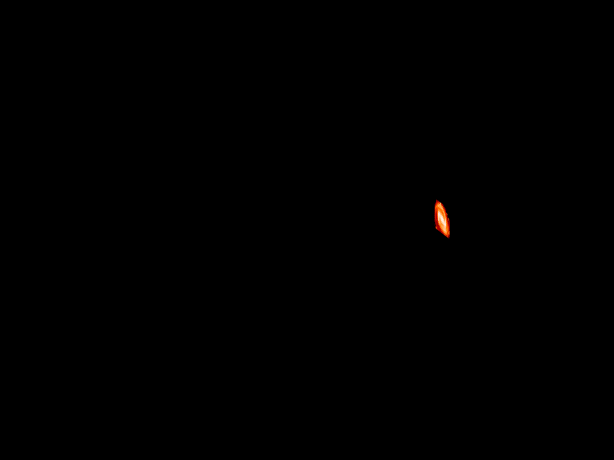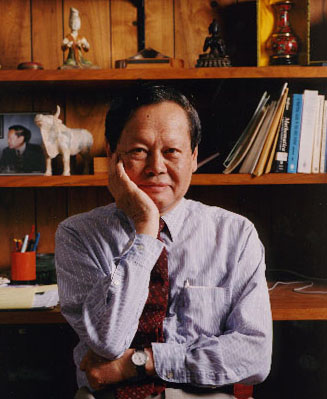
SIMON BIRRER
Assistant Professor
Physics and Astronomy
simon.birrer@stonybrook.edu
Research Group Website | Personal Website
Curriculum Vitae. (Last updated: 2024 Aug 29)
Biography
Birrer started as an Assistant Professor at Stony Brook in January 2023. Previously,
Birrer was a Kavli Postdoctoral Fellow at Stanford University (2019-2022) and a Postdoctoral
Scholar at the University of California, Los Angeles (UCLA) (2017-2019). Birrer received
his PhD from ETH Zurich in 2016 and did his undergraduate education (Bachelor and
Master in Physics) at the same institution.
Research Statement
Simon Birrer's research focus is to probe fundamental physics on cosmological scales.
Birrer and his group are primary using gravitational lensing, a phenomena described
by general relativity, causing light to follow curved paths when traveling through
inhomogeneous matter distributions. In the strongest regime, gravitational lensing
can lead to multiple appearances of the same source and highly distorts images - know
as strong gravitational lensing. Birrer’s scientific expertise is the interface between
the exquisite data sets available on one side and the fundamental theory predictions
on the other side. Birrer’s group is actively developing open-source advanced computational
and statistical tools to extract detailed and robust information from strong lensing
about the nature of dark matter and dark energy.
Find out more about Birrer's research, teaching, software development and outreach on his personal website. For research opportunities, visit the Birrer group page.
|
A simulation of light rays emitted by a distant galaxy that are gravitationally bent around an intervening object acting as a gravitational lens. The result is a highly distorted image known as an Einstein ring.
|
|



